A few years ago I sneered at some online advice I was given when I asked on a facebook travel blogger group for restaurant recommendations in Dubrovnik.
“There’s a great pizza place in… “ came the reply.
I like pizza. I love pizza. But when I travel somewhere new I want to try the local food.
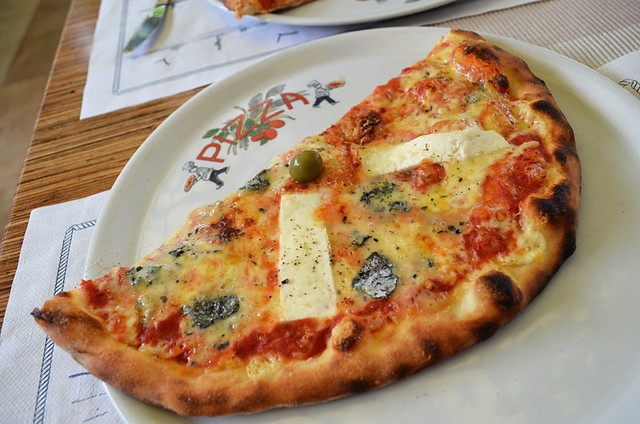
As it happens, in Croatia some of the cuisine is not dissimilar to that of Italy which means not only do you get tasty pastas, you get great pizzas. The advice was sound.
In truth we usually end up eating pizza at one point or another during trips, especially if the dishes found on traditional menus in any specific destination are limited, basic and vary little from restaurant to restaurant.
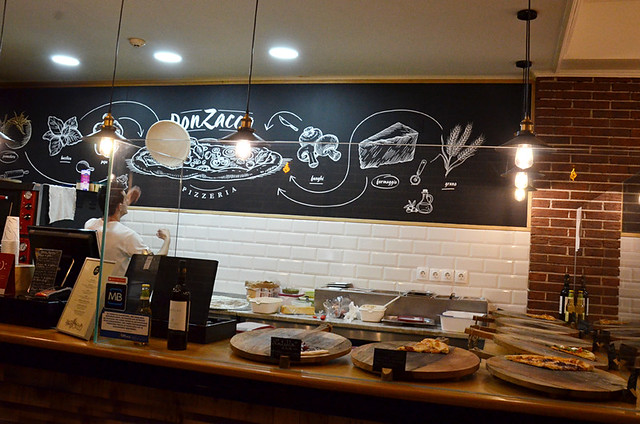
But sometimes I’ll opt for pizza because it intrigues; when there’s a spin on toppings which subtly, or not, shifts it from safe comfort food you can get just about anywhere to something different, something with a distinctly local flavour.
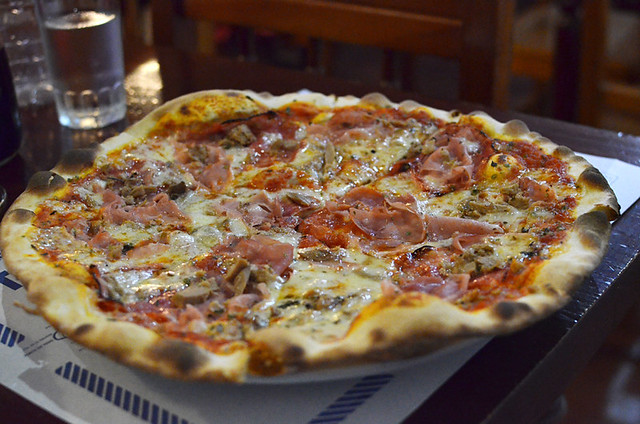
There’s a pizzeria, Rugantino, in the small, historic town of Garachico on Tenerife which only opens at night a couple of days a week and is frequented mostly by locals who queue to get in. Top chefs who visit the island have been known to go out of their way to try the pizzas there. The chef enhances his pizzas with herbs specially picked in the Tenerife hills.
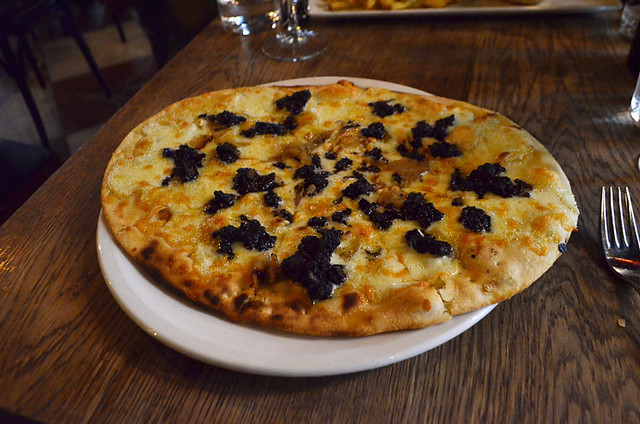
In the centre of Madrid at Lamucca de Prado, the morcilla (blood sausage) pizza just had to be tried. Mixed with a thick cheese topping it’s something that would work exceedingly well as a brunch.
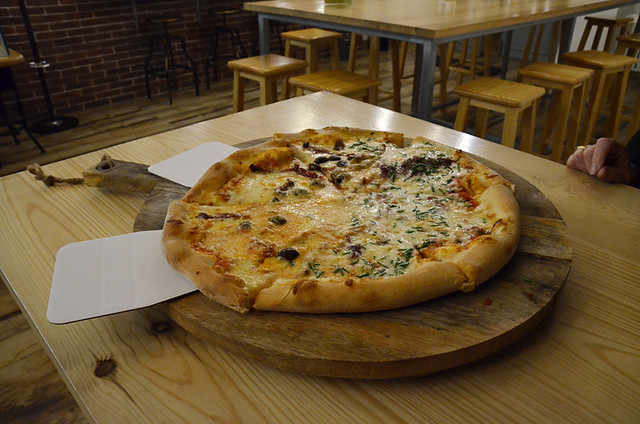
One of the best pizzas we’ve eaten in a long time was on a draughty, quiet Sunday night in March in a super little pizzeria in Sétubal. All the pizzas at Don Zacca were original and lovingly created , but their pizza with caramelised onions and rich melted Azeitao cheese from just up the road could have taught the Italians a thing about using ingredients to take pizzas to a whole new level.
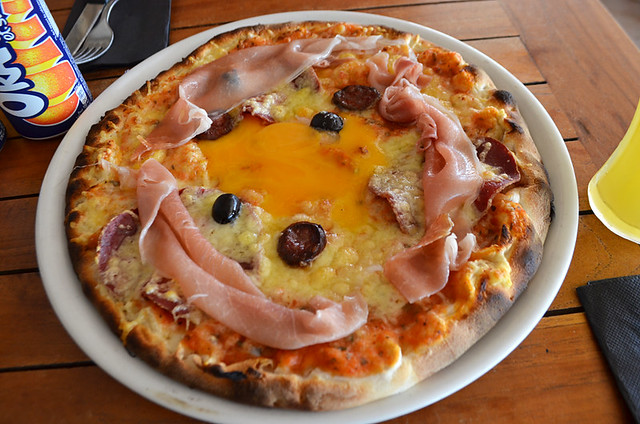
Corsica is French but is so close to Italy the gastronomy reflects that of both countries. Subsequently there isn’t just pizza, there’s Corsican pizza – thicker crust and with toppings which are generally a bit richer than their Italian counterparts. The Corsican pizza at U Furnelli beside the harbour in Saint-Florent involved flavoursome Corse cheese, plump olives, prizuttu (cured ham) and a runny egg.
Germany has its own version of pizza, flammkuchen, which also tends to be richer than Italian pizza. It’s similar looking to a conventional pizza but with a base topping which usually involves crème fraiche and Greek yoghurt, it’s a creamier affair altogether and especially good with smoked bacon strips sprinkled across it. We didn’t know such a delicious variation existed until a waitress in a café in Ihringen at the southern end of the Kaiserstuhl suggested we try it.

More recently I saw a pizza pie in a small bakery near York – not pizza pie as in the Dean Martin song, but a proper pie with a pizza filling. I didn’t actually try it as I opted instead for a haggis sausage roll.
Pizza puritans may be incensed at any bastardisation of the famous Neapolitan crowd-pleaser, but I’m all for it. Change is good. Experimentation is good. If it weren’t for chefs messing around with traditional dishes there would be no Michelin star restaurants. In fact, taking it back a notch further, pizza itself wouldn’t exist if a baker in Naples hadn’t decided to get creative with his flat bread and cheese lunch.
Jack is co-editor, writer and photographer for BuzzTrips and the Real Tenerife series of travel websites as well as a contributor to online travel sites and travel magazines. Follow Jack on Google+




Be the first to comment